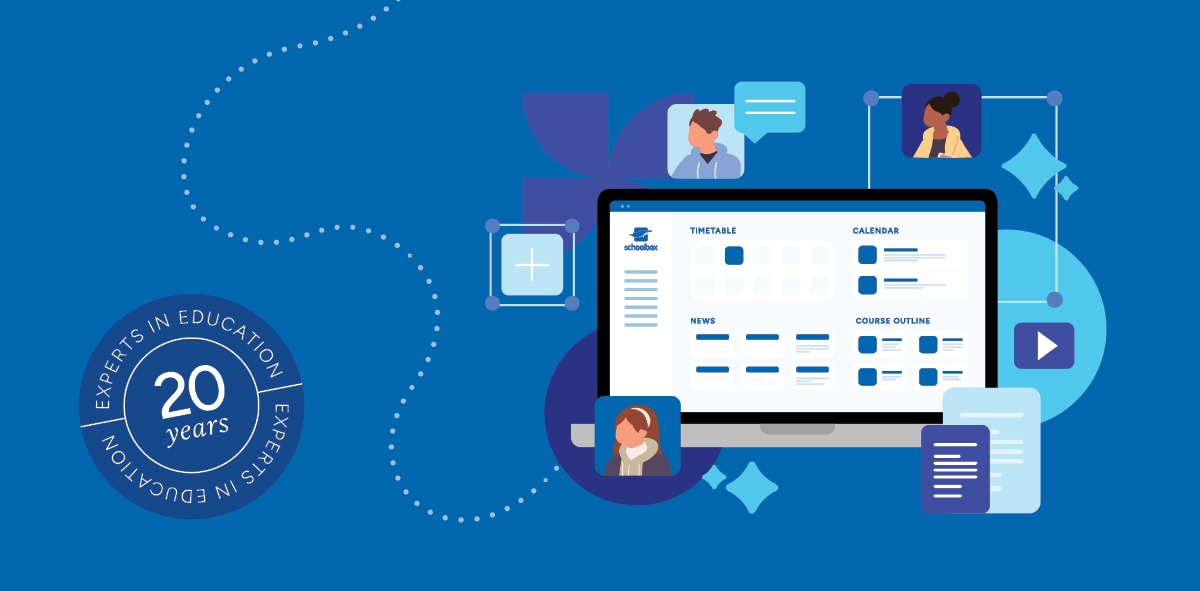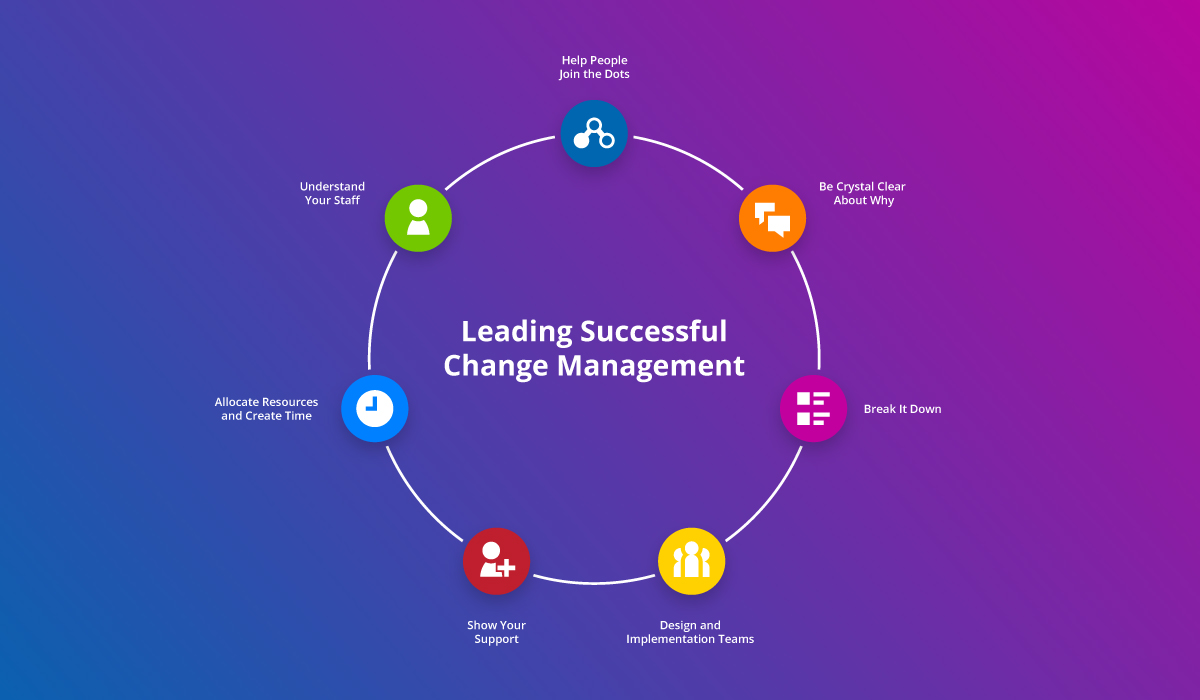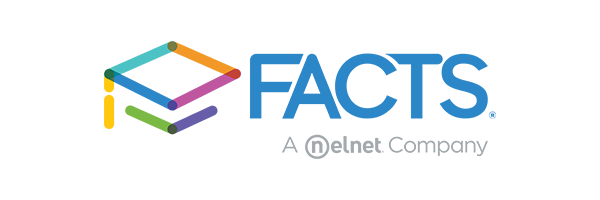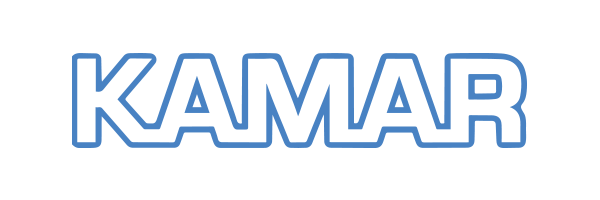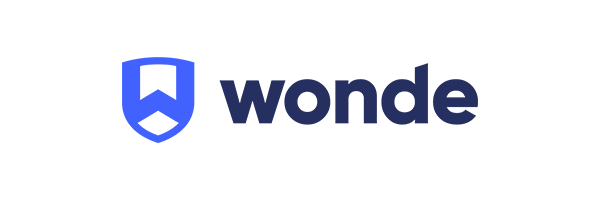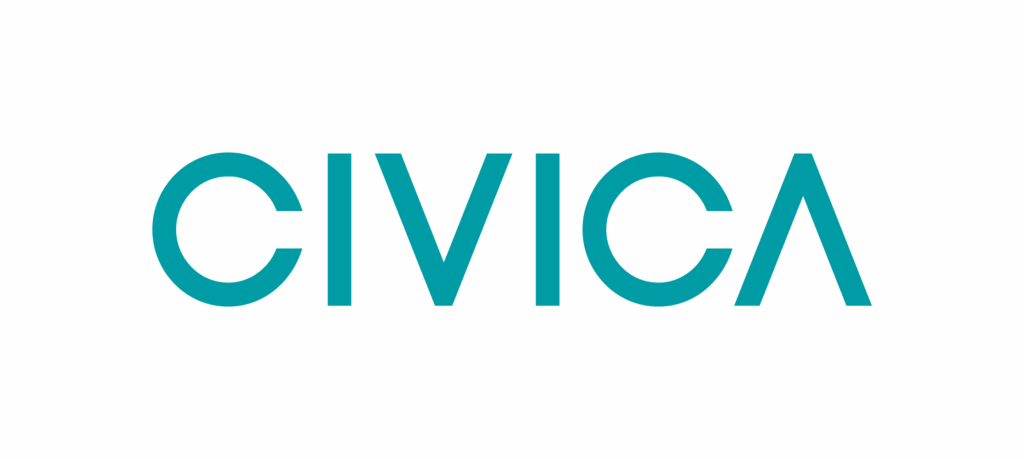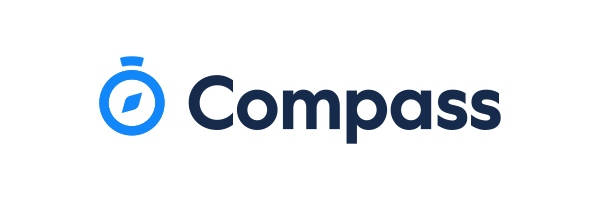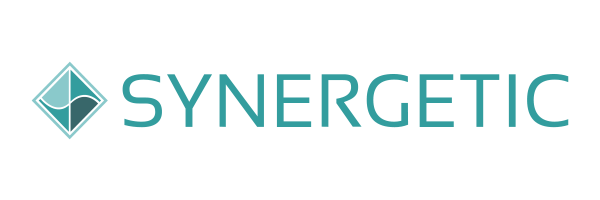As preparation for the year ahead begins, it’s time to reassess current learning technology solutions to ensure they support workflow efficiencies and enhance the learning experience for students. This way, we will then be able to take what’s worked, discard what hasn’t, and continue moving learning away from traditional methods to a more contemporary model. A model that best serves our students and teachers around the world.
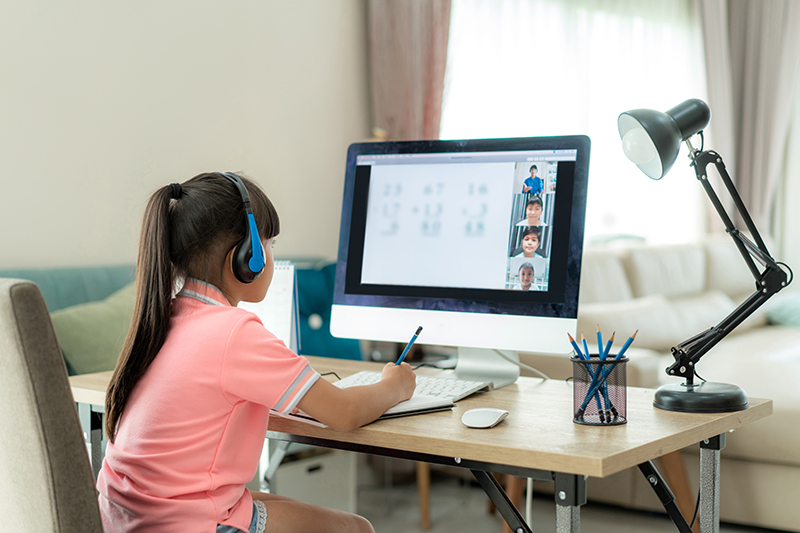
Consideration 1: All in one place
Many educators have been using digital approaches and pedagogies for several years now. However, during periods of extended distance education, teaching and learning operates solely in this space.
As we look forward to the new school year, teachers need to be mindful of blending physical and digital learning. To do this, having a single software that combines everything that is needed in a school to create digital classrooms is invaluable. Schoolbox, an all-in-one learning management system (LMS), community portal and engagement platform is extremely handy to deliver this solution. With Schoolbox, you can display your timetable, embed learning content, house a library of rich resources and much more within a single platform.
Consideration 2: Digital agility
In education and businesses, digital agility is key. Remote learning showed that education can be delivered in different ways to what we have known before. Being able to almost flick a switch and take learning remote, is something all schools need to be prepared for. Investing in an LMS that develops the digital capacity of all stakeholders and allows learning to continue, no matter the external environment, is needed for the future. So, in the event that remote learning is required for extended periods of time, for whatever reason, an LMS that is equipped to be agile and adapt will be invaluable for your school. Schoolbox has been proven to provide that switch seamlessly.
Consideration 3: Connectedness
Remote learning for K–12 schools has also shown an online virtual environment can overcome challenges with connectedness. Regardless of the device, with internet connection, students and teachers have been able to design for, access and activate their learning anywhere, and remain connected to their peers.
Heading into the new school year, let’s consider using these tools to support students who might be absent, or maybe even those kids who don’t always enjoy the hustle and bustle of a school setting. Everyone can remain connected to their learning at all times.
Schoolbox provides a community portal and engagement platform that includes all the tools to achieve this—social streams, event calendars, booking modules, integrated tools to strengthen communication, and much more.
Consideration 4: Visibility
A powerful digital classroom is more than simply a repository for learning. It is somewhere kids go to find out what’s going on, celebrate things they have experienced and accomplished, and a place they can feel connected to.
Schoolbox offers a range of components such as image sideshows and surveys/forms, so that students and parents alike are able to see what is happening in the physical space and communicate their ideas. This visibility creates a sense of connection and ensures learning involves the whole community.
Schoolbox ensures that tools are integrated to make students visible in their digital classroom.
Consideration 5: Organisation
A familiar memory of school life sees a student scrabbling around in their backpack looking for a diary to find coursework deadlines or see where and when they need to be somewhere.
As we move forward, we must consider how we help our students reintegrate into this process of organisation. Having school software that is designed around your school’s context and incorporates anything from coursework dates to individualised, current timetables, will ensure students remain organised and allows them more time to focus on learning and growing.
Consideration 6: Parent engagement
Schools have always been brilliant at building partnerships. Creating ingenious ways of keeping parents up to date with their child’s learning and wellbeing and giving parents every opportunity to see their child as a learner.
Going into the new year, we cannot forget that making learning, feedback and assessment visible to parents allows for more meaningful conversations about school around the dinner table.
With the development of classroom and course content on Schoolbox, parents can ask questions about specific learning areas and see where they can support.
Consideration 7: Tools for learning
Death by PowerPoint has evolved into death by Google Slides or YouTube.
Having opportunities that enhance learning for students becomes crucial when the teacher isn’t always there to guide or support. Remote learning has seen educators get creative with using the tools of their online platform to enhance learning.
With Schoolbox, teachers are provided a platform where they can design for rich learning using multiple tools and pedagogical approaches. For example, sharing documents, providing annotated feedback using Kami, or recording and uploading instructional learning videos of current content. There is also the option to use video conferencing—Schoolbox has you covered.
Consideration 8: Student engagement
Immersing students in learning and encouraging their own inquiry is key to maintaining engagement. Self-assessment and self-reflection tools are a great way to evoke this engagement. When switching to remote learning, we saw schools with these advanced LMS capabilities flourish in student engagement.
Schoolbox offers a software that places teachers and students as designers. Teachers can use new pedagogies to build inspiring curriculum content for their class and students can choose how to present their responses—audio, video, animation and multimodal. Students can also be provided learning activities where they are required to assess themselves prior to submitting. This level of choice empowers students and increases engagement.
Consideration 9: Learning content
Teachers are familiar with being time poor. Needing to design learning on multiple platforms for remote learning brought this issue to the forefront and sent educators looking for ways to capture and store all learning and curriculum content with one tool.
Having such a tool also enables educators to look critically at how students have learnt and the impact of material they have created to then adapt it to meet the needs of the next cohort, without needing to start from scratch.
The Schoolbox course builder is a great enabler to achieve this outcome. With the course builder, you can create a curriculum repository that can be accessed at any time and shared with students.

Alongside the achievements of educators, Schoolbox has continued to develop our platform in a way that supports your school. And, we are excited to offer even more solutions as you move into new school year planning.
When chatting with students about their experiences of working remotely, there is a definitive split. Some couldn’t wait to get back into the classroom; while others loved the freedom that came with being at home. To cater for both these preferences, we need to shift the educational landscape and embrace the change. The capabilities of Schoolbox can assist in enabling your school to make the most of this opportunity.
Bel Clohesy has been a teacher for over 17 years, with expertise in teaching students from Kindergarten to Year 8. With a strong foundation in digital technology, Bel’s priority is ensuring an enhanced teaching and learning experience for K–12 schools.
Contact us today and find out how Schoolbox can help with planning for the new school year.

